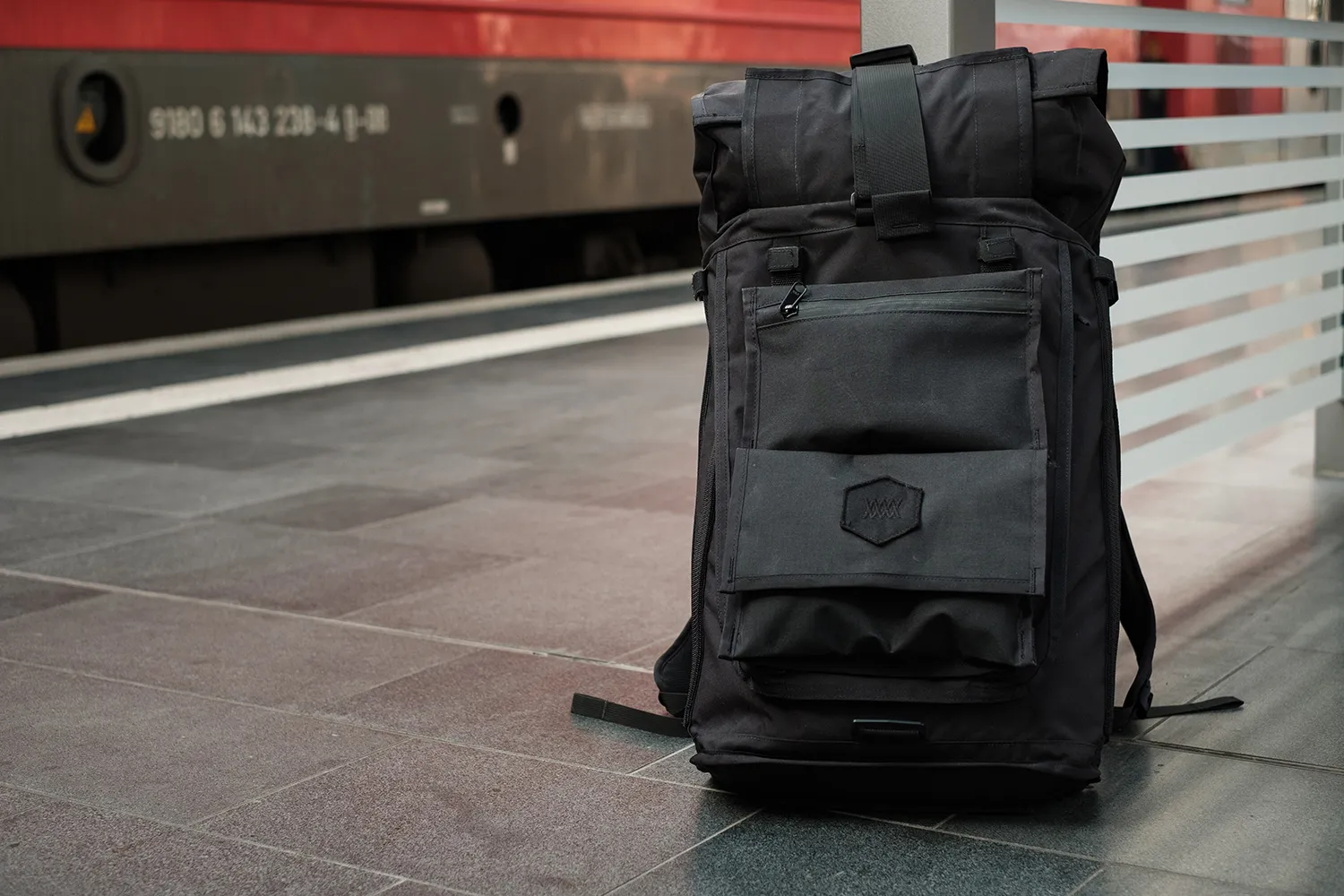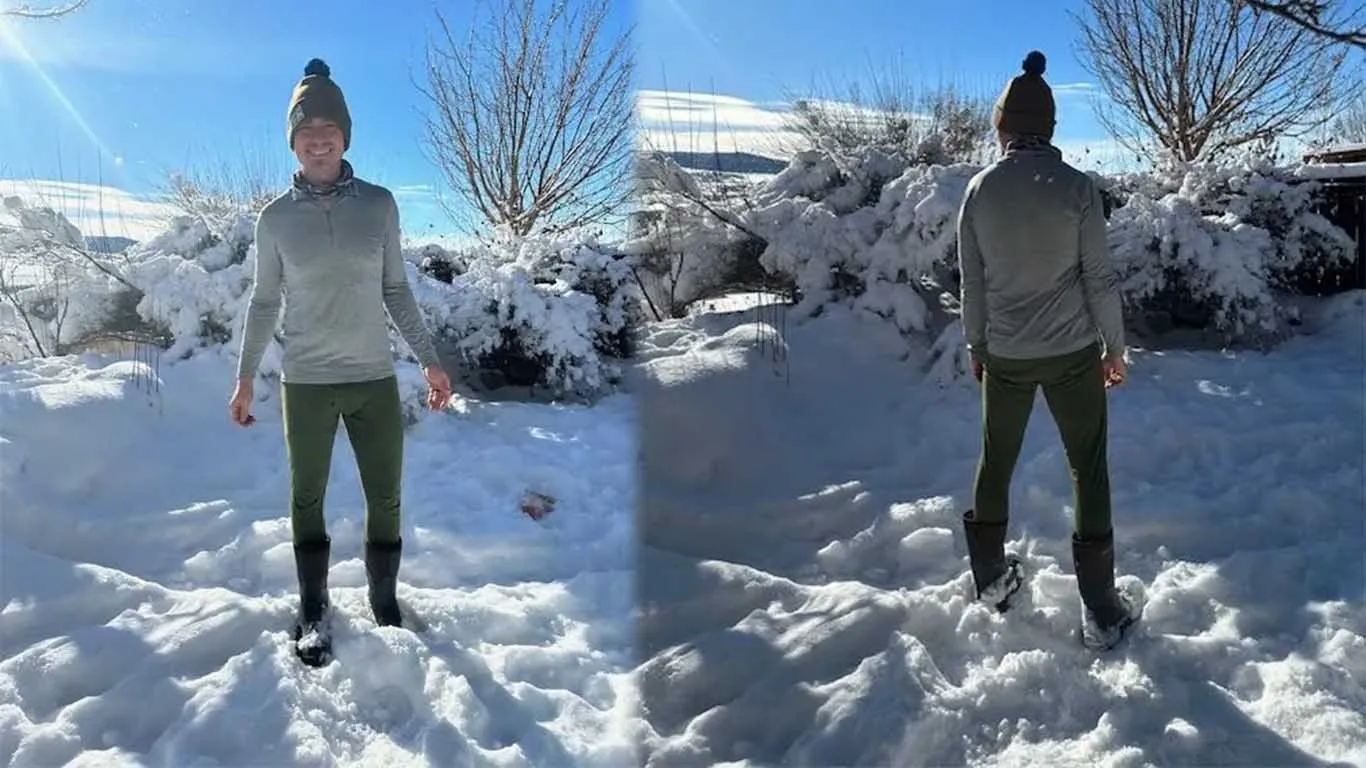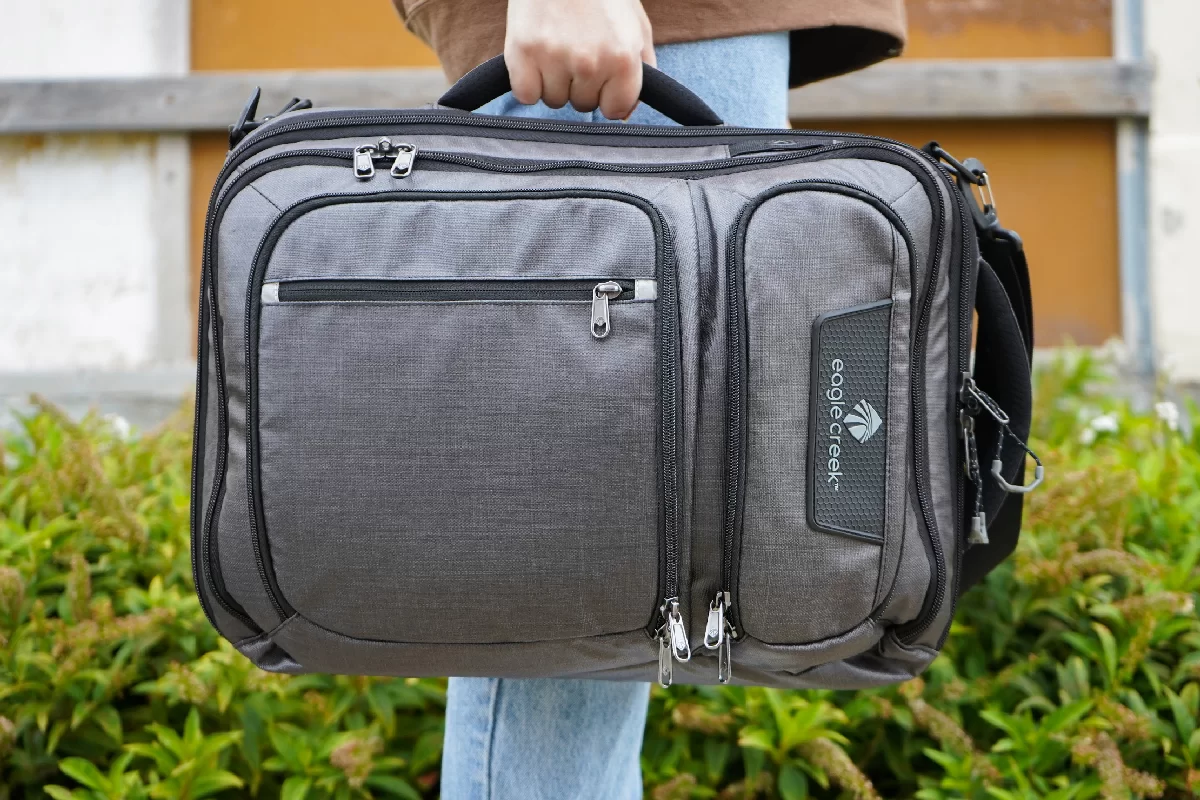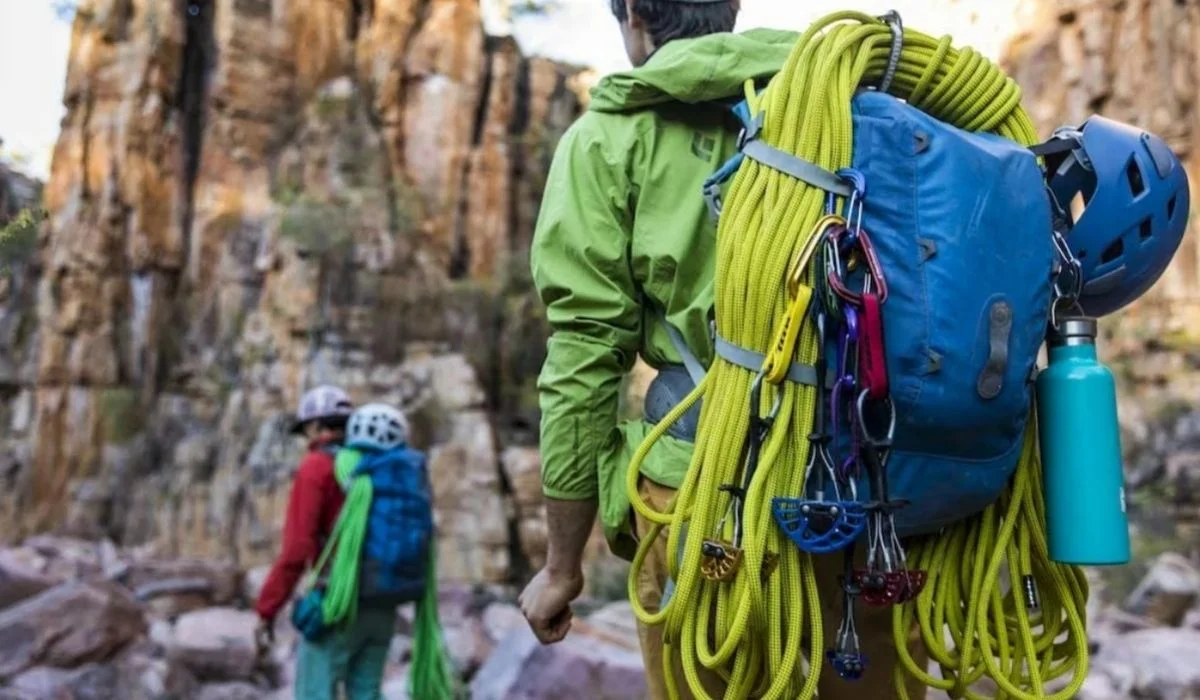When it comes to hiking, your footwear is arguably the most critical piece of gear you’ll invest in. The right hiking boots can make the difference between an enjoyable trek through nature and a painful, blister-filled experience. With a plethora of options on the market, choosing the perfect hiking boots can be overwhelming. In this guide, we’ll break down everything you need to know to find the ideal pair for your needs.
1. Understand the Types of Hiking Boots
Hiking boots come in various styles, each designed for specific types of terrain and hiking conditions. Here are the main categories:
a. Hiking Shoes
Lightweight and flexible, hiking shoes are ideal for day hikes on well-maintained trails. They provide excellent breathability and comfort, making them suitable for warmer weather. However, they usually offer less ankle support and protection compared to boots.
b. Mid-Cut Hiking Boots
These boots strike a balance between hiking shoes and heavy-duty boots. They provide more ankle support while remaining relatively lightweight. Mid-cut boots are versatile and can handle a variety of terrains, making them a popular choice for many hikers.
c. Backpacking Boots
Designed for longer hikes with heavier loads, backpacking boots offer maximum support and durability. They often feature stiffer soles and more robust materials, making them suitable for rugged terrain and multi-day treks.
d. Mountaineering Boots
If your adventures take you to high altitudes or icy conditions, mountaineering boots are essential. These boots are built for extreme conditions and often come with features like insulation, crampon compatibility, and waterproof materials.
2. Consider the Fit
The fit of your hiking boots is crucial for comfort and performance. Here are some tips for finding the right fit:
- Try Before You Buy: Always try on boots with the socks you plan to wear while hiking. This ensures a more accurate fit.
- Check the Length: Your toes should have a bit of wiggle room, but not so much that they hit the front of the boot when walking downhill.
- Width Matters: Feet come in different widths, so consider brands that offer various width options. Your boots should feel snug but not tight.
- Heel Fit: Your heel should fit securely in place without slipping. This helps prevent blisters and provides better stability.
3. Think About the Terrain
The type of terrain you plan to hike on significantly influences your choice of boots. Consider the following:
- Smooth Trails: For well-maintained paths, lightweight hiking shoes may suffice.
- Rocky or Uneven Terrain: Opt for mid-cut or backpacking boots that offer additional ankle support and traction.
- Wet or Slippery Conditions: Waterproof boots with a good grip are essential.
- Snow and Ice: Mountaineering boots with insulation and crampon compatibility are ideal for winter hikes.
4. Prioritize Comfort
Comfort should be at the forefront of your decision-making process. Here are some features to look for:
- Cushioning: Look for boots with adequate cushioning in the midsole to absorb shock and provide comfort over long distances.
- Breathability: Consider materials that allow moisture to escape, especially if you tend to sweat.
- Arch Support: A good arch support will help distribute weight evenly and reduce fatigue.
5. Evaluate Materials
The materials used in hiking boots can affect their weight, durability, and waterproofing. Common materials include:
a. Leather
Leather boots are durable and offer excellent protection. They are often more water-resistant but may require a break-in period. Full-grain leather provides the best durability, while nubuck is softer and more flexible.
b. Synthetic Materials
Synthetic boots, made from materials like nylon or polyester, are lightweight and often more breathable than leather. They usually dry faster but may not offer the same level of durability.
c. Waterproofing
Consider boots with waterproof membranes, such as Gore-Tex, to keep your feet dry in wet conditions. However, remember that waterproofing can reduce breathability.
6. Look for Traction
Traction is crucial for hiking, especially on uneven or slippery surfaces. Look for boots with:
- Outsole Patterns: Deep lugs and multi-directional patterns provide better grip on various terrains.
- Rubber Composition: High-quality rubber outsoles offer better traction and durability.
Brands like Vibram are known for their excellent grip and performance.
7. Break Them In
Once you’ve selected the perfect pair of hiking boots, it’s essential to break them in before hitting the trails. Here are some tips:
- Wear Them at Home: Start by wearing your boots around the house or during short walks to get accustomed to them.
- Gradual Increase: Gradually increase the distance you wear them to help break them in without causing blisters.
- Use Appropriate Socks: Wear the socks you plan to use while hiking to ensure a proper fit during the break-in period.
8. Budget Considerations
While it’s tempting to go for the cheapest option, investing in a quality pair of hiking boots can save you money in the long run. High-quality boots tend to last longer and provide better support and comfort. Expect to spend anywhere from $100 to $300 or more, depending on the brand and features.
9. Maintenance Tips
Taking care of your hiking boots can extend their lifespan and performance. Here are some maintenance tips:
- Clean Regularly: Remove dirt and debris after each hike. Use a damp cloth or brush to clean them, especially if they’re made of leather.
- Dry Properly: If your boots get wet, let them dry naturally at room temperature. Avoid direct heat sources, as they can damage the materials.
- Condition Leather: Use a leather conditioner to keep the material supple and waterproof.
10. Recommendations
Here are a few popular hiking boot models that have garnered positive reviews:
- Salomon X Ultra 3 GTX: Known for its lightweight design and excellent traction, this boot is great for day hikes and moderate terrains.
- Merrell Moab 2 Mid Waterproof: A highly rated mid-cut boot that offers comfort and support for various hiking conditions.
- Lowa Renegade GTX Mid: This backpacking boot is well-regarded for its durability and comfort, perfect for longer treks.
- Scarpa ZG Trek GTX: Offers a balance of support and flexibility, making it ideal for both day hikes and multi-day trips.
Conclusion
Choosing the perfect hiking boots is a vital step in preparing for your outdoor adventures. By considering the type of hiking you plan to do, the terrain you’ll encounter, and prioritizing fit and comfort, you can find a pair that will serve you well for years to come. Remember to break in your boots properly and maintain them to ensure they remain in top condition. With the right footwear, you’re ready to hit the trails and embrace the beauty of nature! Happy hiking!











